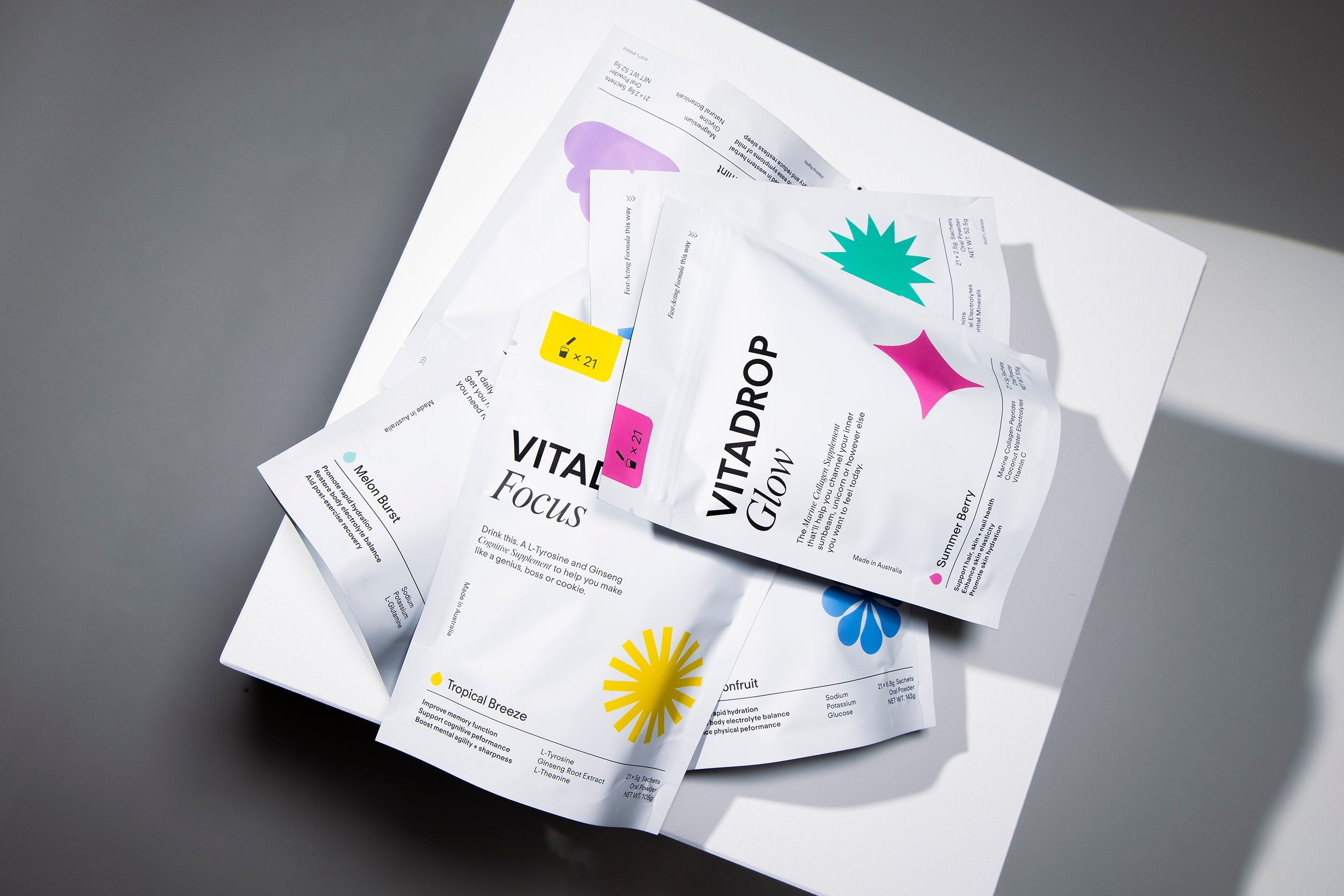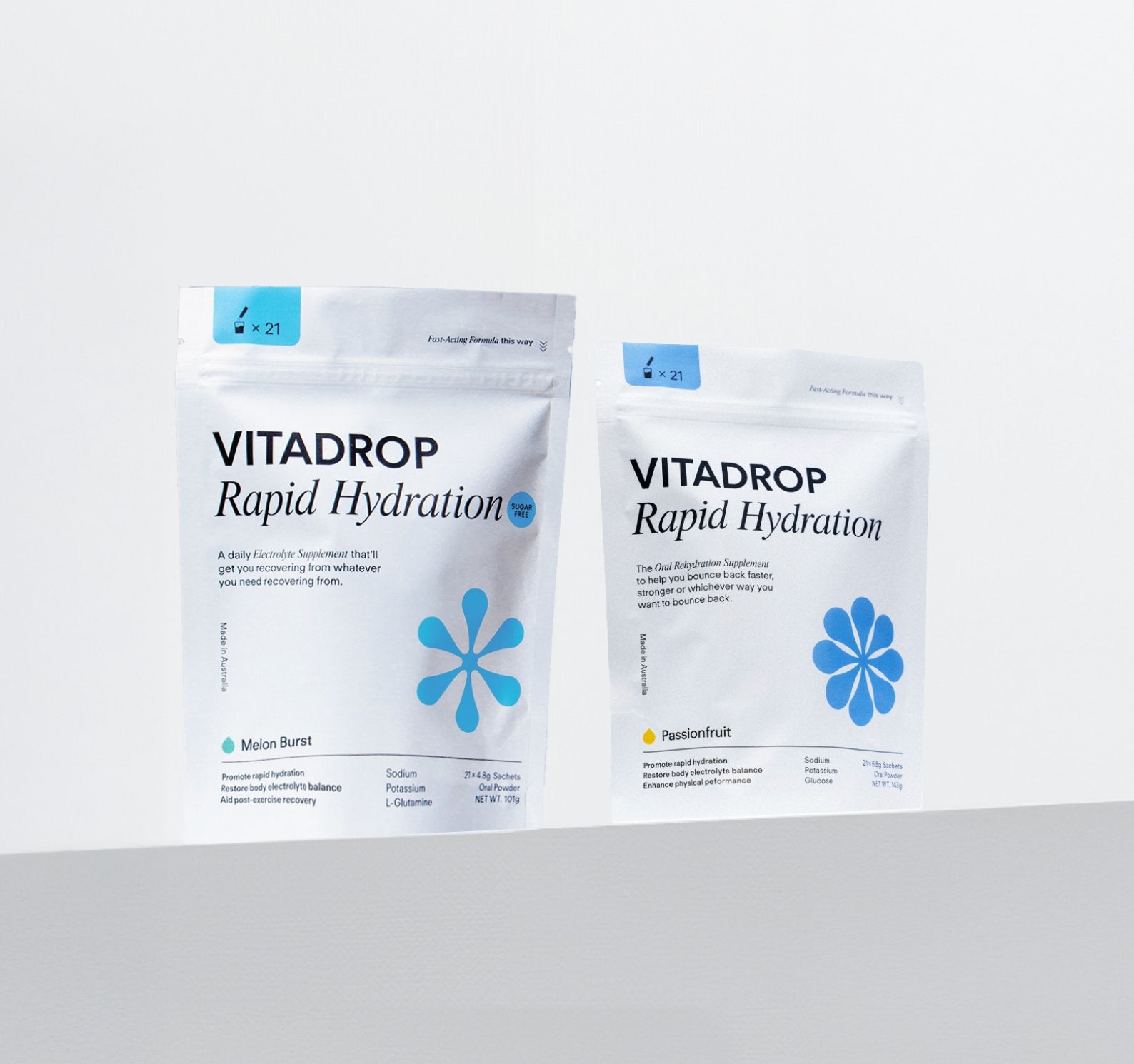Sep 28 2020
How to Relieve Post-Workout Muscle Soreness When You Can’t. Even. Walk.

You know that on-top-of-the-world feeling you have after a kick ass workout?
Whether you’re hitting the gym, the pool, or the great outdoors, there’s no better feeling than having a fitness routine that just works.
There’s just one problem — your sore muscles post-workout are an absolute buzz kill. It’s been days since your last sweat session, but you’re not so sure you can get out of bed, much less do a burpee!
Know the feeling?
In the fitness world, this is an oh so common phenomenon known as DOMS or Delayed Onset Muscle Soreness. DOMS develops after strenuous or unfamiliar activity and is usually felt most strongly 24-72 hours post workout.
But sometimes, a great workout can leave you feeling pain so severe that you mistake it for a muscle strain or injury.
It seems unfair that agony is the reward for putting yourself through a tough workout. But in fact, DOMS can be a sign that you did something right.
So, what exactly causes DOMS?
The whole idea of resistance training is to create micro-tears in your muscles, helping them recover stronger and firmer. DOMS suggests an elevation in intensity and the inclusion of new movements, both of which are essential for a great exercise program.
It's important to remember that even athletes get DOMS when trying something new, you’re not alone.
After exercise, blood cells rush to the inflamed area to heal the micro-tears, leaving you with that I can't get out of bed feeling. Unfortunately, it tends to get worse before it gets better.
According to the Center for Sports Performance, just 10 minutes of low-intensity cardio can be as effective as a stretching session?
This could mean a jog that's slower than your usual running pace, pedalling on a stationary bike at an easy speed, or even walking on the treadmill. You do you.
So what’s the best way to recover?
Although DOMS is a natural process that indicates your body is getting stronger, there are some natural remedies you can try at home to reduce your discomfort (aka misery and constant complaining).
Here are our top 5 tips:
Take an Epsom salt bath
Hands down, the best way to soothe tired muscles is by having a hot bath with Epsom salts (candles, bubbles and Netflix optional).
Epsom salts are magical white crystals rich in magnesium sulphate, which is a natural muscle relaxant. The magnesium and salt work to pull fluid out of your tissues, thereby reducing swelling. So, next time you’re feeling a little worse for wear, hop into the tub and chill out for 20-30 minutes. Easy!
Apply topical magnesium
If you don’t own a bathtub (or don’t have the time to soak), applying magnesium topically is the next best thing. Using a magnesium spray, cream or roll-on gel is quick, and oh so easy.
Apply directly to your skin for rapid absorption.
The best part? You can throw your magnesium lotion in your bag (or car) and rub it into your muscles immediately after your workout. It’s a super convenient solution for recovery on the go.
Use a hot therapy pack
When muscle temperature rises, blood flow increases - bringing fresh oxygen and healing nutrients to your injured muscles.
Increased circulation can also flush out toxins that result from trauma and improve tissue elasticity. Translation? Applying a heat pack to your sore spots for 20 minutes can help to reduce swelling and relax your muscles.
Hydrate, hydrate, hydrate!
If you've recently exhausted yourself at the gym or conquered a big mountain hike, you might be tempted to reward yourself with a chocolate thick shake or a sugary iced tea. But water is the best thing you can drink to recover from exercise and aid in your long-term muscle health.
For improved hydration, try adding a scoop of recovery powder with electrolytes, like The Daily. Not only will this give your water some natural flavour, but it will also replenish your body with vital nutrients lost during physical activity.
Massage your sore muscles
You may have heard personal trainers or fitness influencers raving about the benefits of foam rolling.
The practice is super trendy right now – and for good reason! Foam rolling immediately after your sweat session can help to increase blood flow, relieve muscle tension and reduce DOMS. Combine this with a recovery oil blend or a natural deep rub ointment, and you’ll reduce inflammation, swelling, and pain in no time!
Article credit :
https://www.harpersbazaar.com/uk/beauty/fitness-wellbeing/news/a35006/exclusive-kayla-itsines-on-how-to-use-a-foam-roller/
https://woman.thenest.com/water-helps-muscles-recover-exercise-11264.html
https://nutrientavenue.com.au/search?q=epsom+salts&type=product
https://www.healthline.com/health/strains
https://www.mindbodygreen.com/0-10798/6-reasons-why-exercise-makes-you-happy.html








